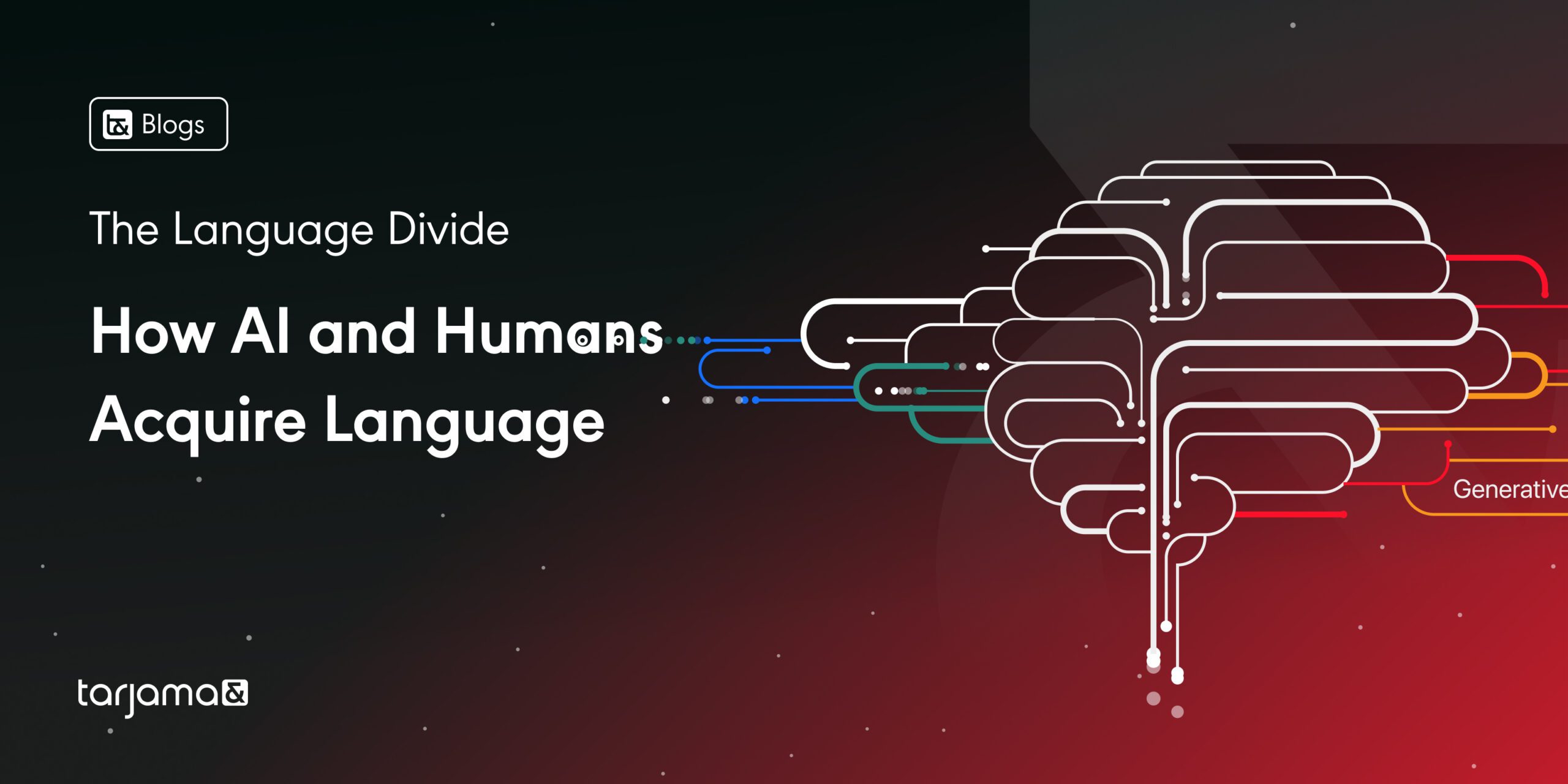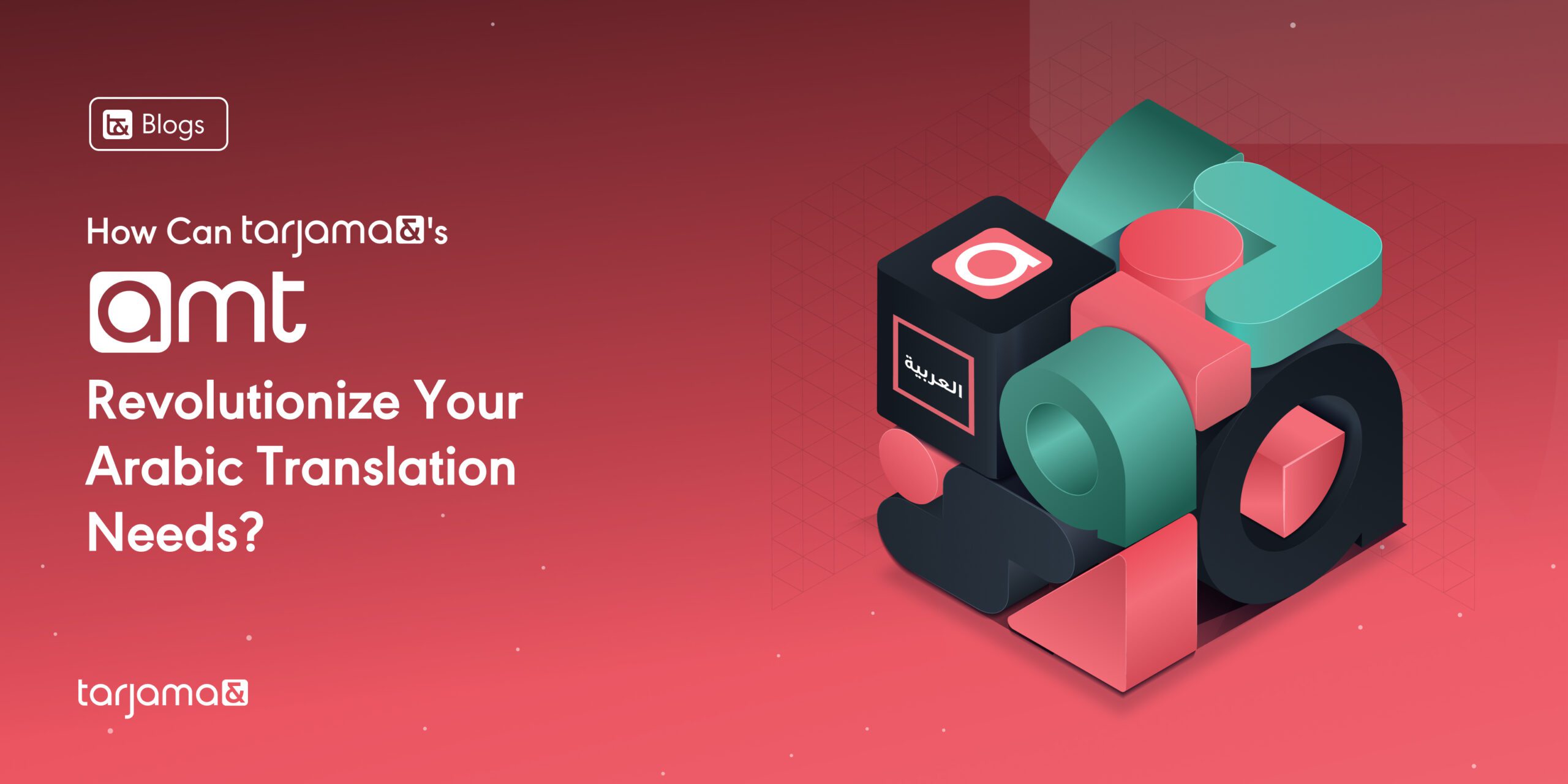CAT tools are invaluable for professional translators and significantly improve the consistency and speed up translation projects. They allow human translators to work more efficiently and accurately.
But which computer-based tools and supporting devices do the translators use to guarantee the highest-quality translation? We will answer this, introducing you to the best translation softwares and best CAT tool features that professional translators benefit from.
Keep on reading!
What Are CAT Tools?
“CAT” stands for “Computer Aided Translation”. CAT tools are software that aid the human translator by providing databases and useful functions. They are one of the most important developments in translation technology. But you should not confuse CAT tools with machine translation. Machine translation constructs the translation itself. CAT tools, on the other hand, support the translator by utilizing machine translation.
Benefits of CAT Tools
So, what tool benefits do professional translators use the most in 2021?
The 5 Best CAT Tool Features for 2021
The best CAT tools increase quality, consistency, speed, and efficiency for your translation team as well as your business partners, developers, and designers.
1. Translation Memory
This is the most important feature of any CAT tool. Translation memory (TM) is a database that stores every translation you’ve previously completed. This allows you and other translators to easily choose phrases that are already translated over a period of time for different projects. Machine translation suggests possible translations from scratch and here the translator decides as to whether or not the recalled sentences from the translation memory fit in the context of the new translation.
2. Collaboration Features
Any great CAT tool includes collaboration features that make it easier and more efficient for teams to work together. That’s because translation and localization do not include only the translator. They involve everyone working on a given piece of the project, from editor to manager, and proofreader.
Translation is a complex process, and the right CAT tool can help your team find a way through the complexity to deliver projects on time. Purpose-built, integrated tools designed for the translators create a single source for every linguist, boosting productivity.
3. Terminology Management
A termbase is a list of industry or company-specific terminology. It refers to a list of terms and definitions in a specific project that you can upload or extract from your body text. It explains what the terms mean and how to translate them and whether to translate them at all.
Terminology databases ensure that even if translations are made by a different translator, or requested by a different area of specialization, you know that the most important terms will be the same.
Translators can easily access these terms directly in the tools, learning more about a specific term, with definitions in multiple languages. That way, every proofreader, internal editor, or translator can be on the same page about the nuances of a specific term, phrase, or brand messaging.
4. Quality Assurance
We all make mistakes. Quality assurance (QA) tools automatically check for double words, extra spaces between words, or any other typos that might occur. You can reduce errors with built-in spell checkers and grammar algorithms that flag inconsistencies, changing words, numbers, or content.
5. In-Context Editing
In-context editing tools give translators a sense of what translations will look like in real-time, saving countless hours of back-and-forth feedback. When a translator can perceive the context in which the word or sentence is used, it’s much easier to provide an accurate, natural translation.
For example, translators can easily see how a design will handle right-to-left languages like Arabic, or ones that take up significantly more space, like Finnish, German, or Russian. For project managers, or translation projects involving larger teams, in-context editing tools can make the process much easier as everyone knows exactly what the translation looks like instantaneously, in every language.
Do you have any further questions on this topic or do you need a professional language service? Then, feel free to contact us. We are always there for you and will be happy to help you!







